Mount Everest Expedition 9 Nights / 10 Days
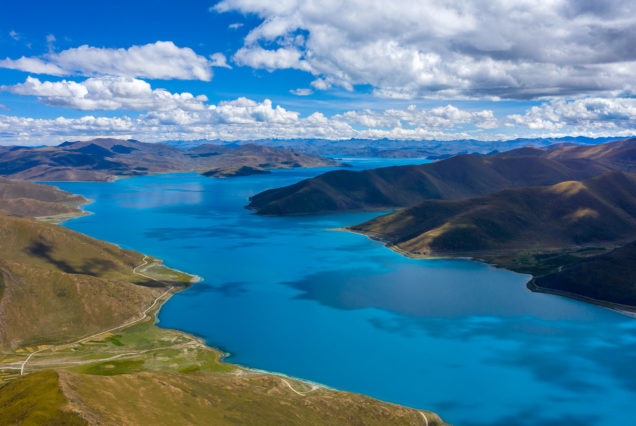
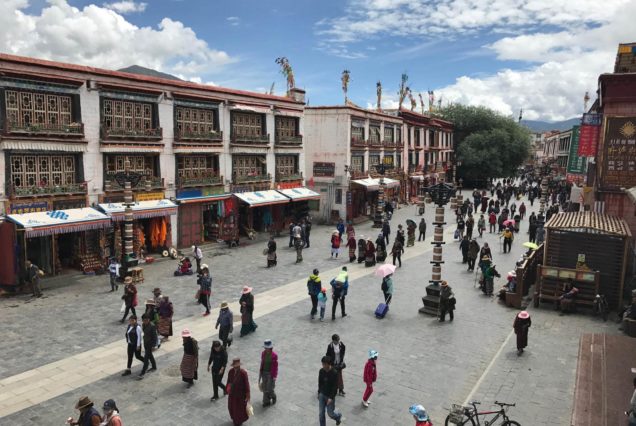
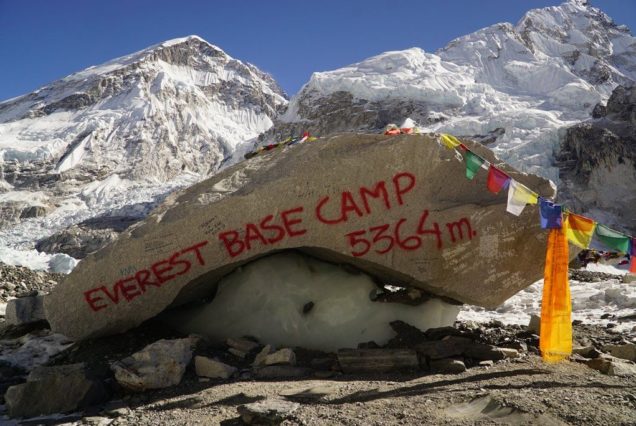
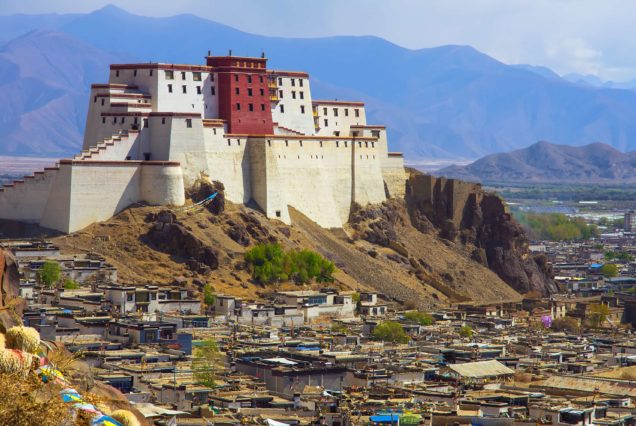
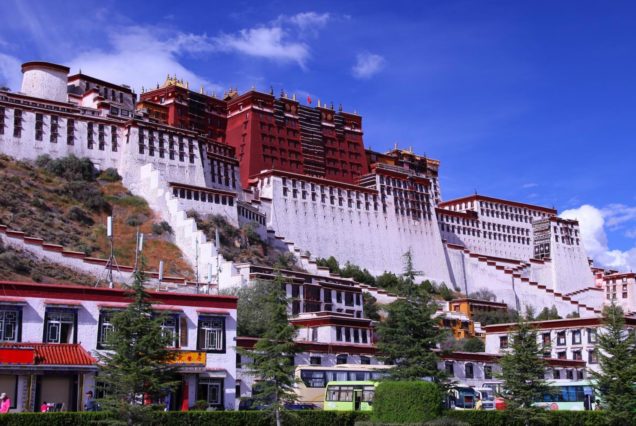
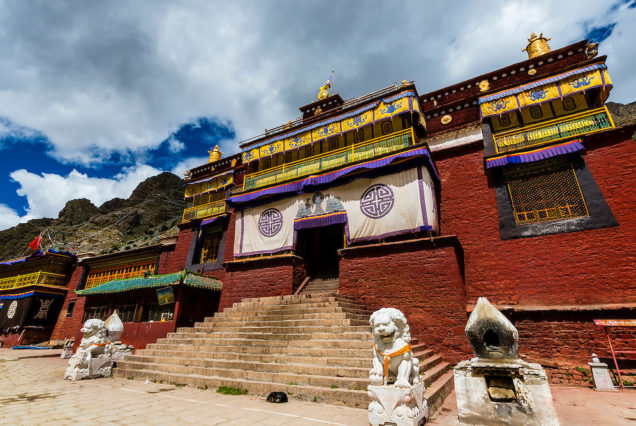

Duration
9 Nights / 10 Days
Max People
50
Min Age
10+
Pickup
Airpot
Travel Tips to China
Climate:
China has a continental and seasonal climate. Most parts are in the temperate zone but southern areas are in the tropical or subtropical zone while northern areas are in the frigid zone. Climates in different areas are complicated. For instance, northern Heilongjiang Province has a winter climate the year round without summer, while Hainan Island has a summer climate the year round without winter. The following is a reference table for tourists to prepare clothing on their trips.
Temperature in Beijing during Oct: around 12c.
Temperature in Lhasa during Oct: around 8c.
Use of English in China:
Most civil servants, custom officials, police, hotel staff and typical men in the street do not speak English or at best a smattering of English.
Most signboards and notices will carry both English and Chinese. However, be aware that some translations can be so notorious that one can hardly understand what was it’s original Chinese intention.
Do not expect hotels or shops to understand English. Only the very big or business-class hotels will have staff that will understand or speak English.
Most young people can understand basic English if you speak slowly. Even if you hire a professional translator, do not be surprised that they do not have a good grasp of English. Ensure you engage the services of a professional service provider that can supply good translators.
Chinese Food:
Local Chinese food is absolutely fabulous. Try as much Chinese food as your wallet or stomach can afford. Restaurants are available everywhere and open to late hours. Most restaurants will have a menu that include photographs of the various dishes. Better yet, simply point at the food that your next door table is having, especially if it looks delicious!!!
However, avoid street side stalls and drinking directly from the taps if you have delicate stomach.
Internet in China:
There are cyber-cafes everywhere in China, especially in tourist areas. Most are patronised by young people playing online games but you still can check your Hotmail, Yahoo or Gmail. Access may be a bit slow for international websites.
You will need to show your passport as China has tight regulations at Internet Cyber Cafes.
Toilet in China:
One of the worst experience many has with China is the atrocious toilet facilities. Things has improved very much but it may still be a good idea to empty your stomach or bladder at every opportunity in a hotel, restaurant or departmental store. Public toilets and toilets in small shops can be a nose hazard!
Popular Chinese Products:
Silk: Chinese silk is famous in the world for its magnificent quality, color and variety. Representative samples are brocade from Hangzhou, Sichuan brocade from Chengdu, the fine, tough silk and pure silk crepe from Suzhou and tussah silk from Dandong.
Tea: China is the home of tea. Tea is divided into green, black, perfumed, white and Wulong tea. Longjing (green tea) and Biluochun (green tea), are famous throughout the world.
Liquors and Wines: Since ancient times, China’s spirits and wines have developed in their unique way and have won many international awards. Famous liquors include Maotai from Guizhou, Fen and Zhuyeqing from Shanxi, Wuliangye, Jiannanchun and Luzhou Laojiao from Sichuan, Gujing tribute liquor from Anhui, Yanghe Daqu from Jiangsu and Dong Liquor from Guizhou. Fruit wines include gold medal brandy, red grape wine and Weimeisi from Yantai, China red grape wine from Beijing, Shacheng white grape wine form Hebei, Minquan white grape wine from Henan. Yellow rice wines include rice wine from Shaoxing, sinking-in-jar wine from Longyan and sealed jar wine from Danyang. Yanjing and Qingdao are two famous brands of the many varieties of fine beers available in China.
Traditional Chinese medicine: The body of knowledge that makes up traditional Chinese medicine (TCM) has been accumulated over thousands of years. It is a school of its own. Numerous herbal and other drugs are being used for their high curative efficacy, and those with a high tonic value are favorites with the Chinese.
Tipping:
If you are traveling in a small party like 2 to 5 members, We suggest approximately US $8 to US $10 /per guest per day as tips for tour guide and US $4 to US $6 for the driver and about US $2 to US $3 for hotel bellboys as a gratitude for their service.
Photography:
You may photograph in most locations, except in most museums and archeological sites, while some institutions allow you to take photos if you pay a fee in advance.
ask for permission first if you try to take photos of people closely.
It is advisable to have filters with you as sometimes it might be hazy in the city/area you are to visit.
Useful Tips:
– Always ask for a receipt from a taxi driver so that you can complain if you have been cheated or for tracing purposes if you happen to leave your camera behind in the taxi.
– Try to take the name-card for each hotel that you are staying at as these cards will have a Chinese address and the map of your hotel location. This is useful if you need to seek assistance to find your way back as the English version or pronounciation of a hotel or a street name may be quite different from the Chinese version.
– The best months to visit China are April, May, September and October, as all have a comfortable temperature.
Tour Plan
Taking the flight into Tibet upon your arrival. Local guide will meet you and transfer you to Lhasa. On the way, you can enjoy the heart-beating highland view along the Yarlong Tsangpo river (the longest river in Tibet). The rest time is free for relax and more oxygen.
The first day of sightseeing starts from Lhasa's cardinal landmark- Potala Palace, a structure of massive portions. Its towering image already appearing on various occasions, but your first sight of the Potala will still be an awe-inspiring moment. It takes at least a good 2-hour to visit those rooms, halls and chapels. In the afternoon, we will drop a visit of the Jokhang Temple, the spiritual center of Tibet. Everyday, pilgrims from every corner of Tibet trek a long distance to the temple. The temple is the product of Han, Tibetan and Nepalese architectural techniques. Then we will visit Barkhor, the oldest street in a very traditional city in Tibet.
About 8km west of central Lhasa is the Drepung, once world's largest monastery with about 10,000 monks. This day's sightseeing begins with these white monastic buildings piled up on the hillside. Walking up to the hill is a pleasant thing, an easy break from the solemn ambience inside the halls and chapels. At the plat roof of hillside, you can have very good views of the whole Lhasa city and the distant mountains.
Drepung is one of Lhasa's two great Gelugpa monasteries, the other is Sera. Around 5km north of central Lhasa, Sera may not be as grandiose as Drepung, but is more serene surrounded by many small temples. The 'Buddhism Scriptures Debating' in Sera is very famous.
Today you will drive about 300KM to Gyangtse. Take a look at YamzhogYumco Lake on the way and overlook Kalais Kora Glacier. Yamdrok Lake is a coiling, many-armed body of water shaped like a scorpion. It doubles back on itself on the western side, effectively creating a large island within its reaches. For Tibetans, it is one of the four holy lakes of Tibet. And the home of wrathful deities. The lake lies several hundred metres below the road, and in clear weather is a fabulous shade of deep turquoise. Far in the distance is the huge massif of Mt. Nojin Kangtsang (7191m).
In the afternoon, you will arrive in Gyangtse and go for the tour of Palkhor Temple, built in the 15th century, is situated in the west of Gyantse Town with mountains enclosing form three sides of the east, west and north. Its uniqueness is that its three sects of Buddism-Shaja, Ningma and Guolu stayed harmoniously under one roof.
Drive about 90KM to Shigatse which is the second largest city in Tibet. It’s also the home town of Banchen Lama. In the afternoon, you will drop a visit of Tashilumpo monastery. Tashilumpo, sprawls on the slops of Mt. Niser, southwest of Shigatse. It covers an area of about 300,000 square meters. There are many valuable and rare historical articles in the monastery.
En route, visit Shalu monastery, which the construction was started in 1027. Its architecture is of typical combination of the Tibetan and Chinese styles with archways, carved pillars, tilled roofs and the Song and Yuan style murals.
Today we drive to Shegar and overnight here. En route visit Sakya monastery, which is divided into the south and north two parts. It is of typical Yuan Dynasty style of resembling castles. There are a lot of historical articles in the monastery, among them are found a lot of the imperial certificates, gold signets, crowns, costumes bestowed by the Yuan Dynasty emperors. It has over 10,000 volumes of Tibetan books on astronomy, medicine, calligraphy, and history. So the Sakya monastery enjoys the title ‘the second Dun Huang Cave.
Although it's just 100km from Shegar to Everest Base Camp (5200m), it takes about 4 hours since the cracked winding roads demand much caution. But the views are stupendous on a clear day, and feature a huge sweep of the Himalaya range including peaks over 8000, Makalu, Lhotse, Everest, Gyachung and Cho Oyu. When you finally get to Base Camp, the first sight of the mighty Everest simply leaves you speechless. All the hardship you bear along the way makes sense at this while. The best moments to watch Mt. Everest's are early morning and late evening when Everest is shining like a goddess in the sunglow.
After view the sunrise of the Mt. Everest, drive about 4 hours to back Shegar. Have a luch here, then drive back to Lhaste. Tonight we will have our accommodation here. In Lhaste, there is a quite characterized Farmer’s hotel, where they can offer Tibetan dancing and singing show for free. You can have a funny night here after visiting the stunning beautiful Mt. Everest.
Today drive back to Lhasa.
End of services and take your flight back.
Tour Map
Reviews
There are no reviews yet.
You May Like
Commercial Registration No. 532442 – Professional License No. 79.11 – Tax Card No. 03605761208
Address: Via larga 1, Castel guelfo di Bologna, 40023, Bologna, Emilia Romagna, Italy.
Support
About Us
Support
About Us
Contact Info

- © 2022 StarGate Travel All Rights Reserved.




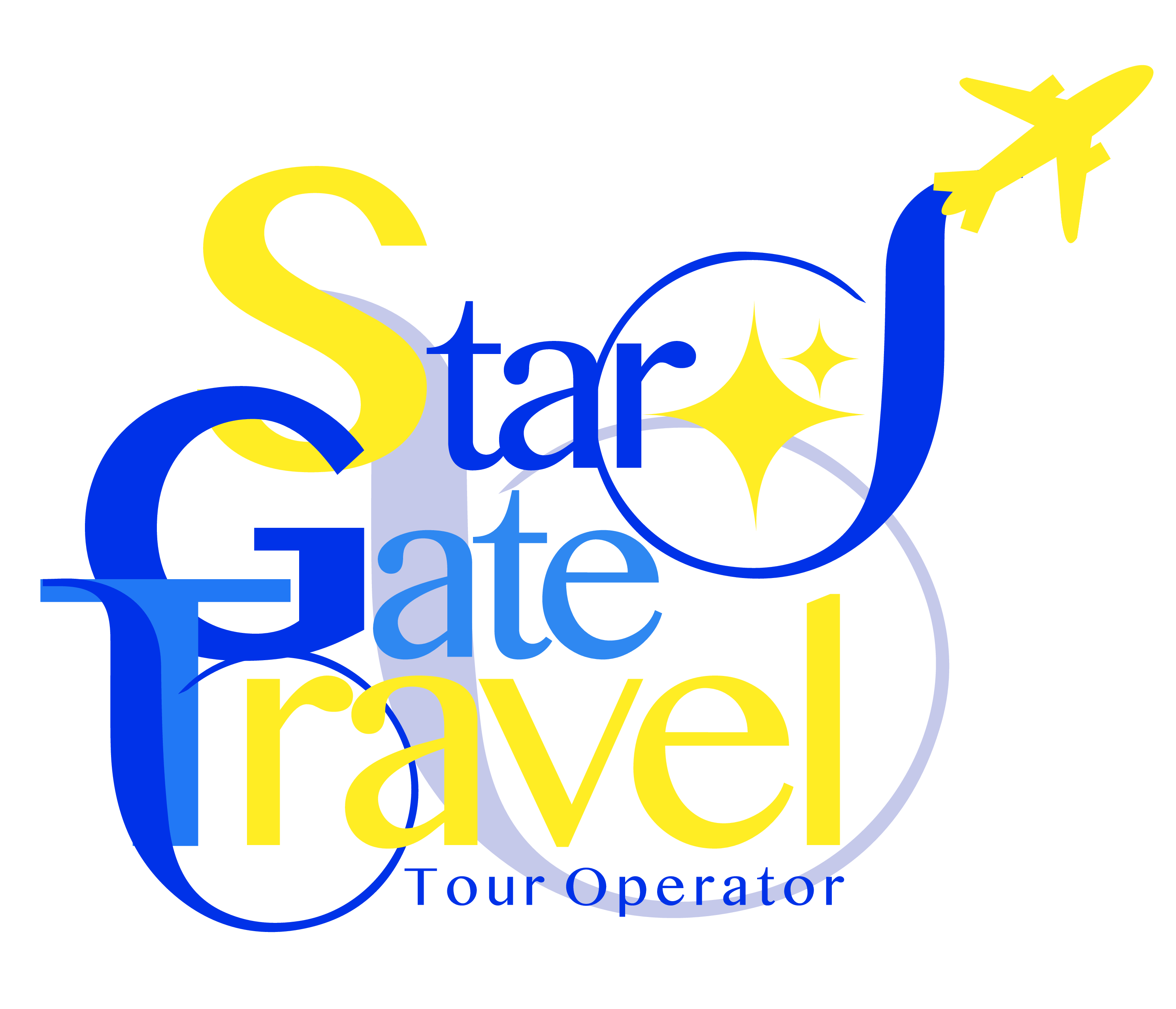
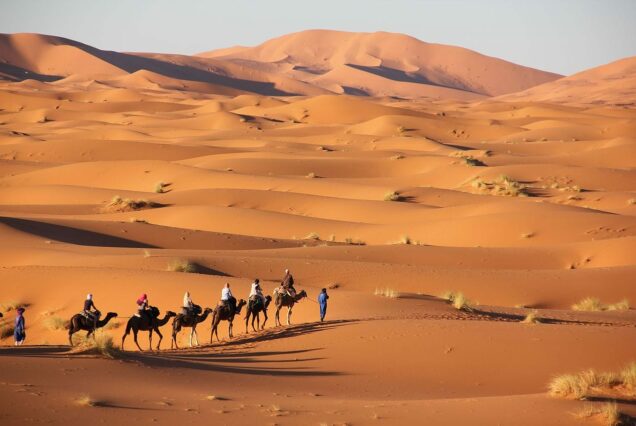
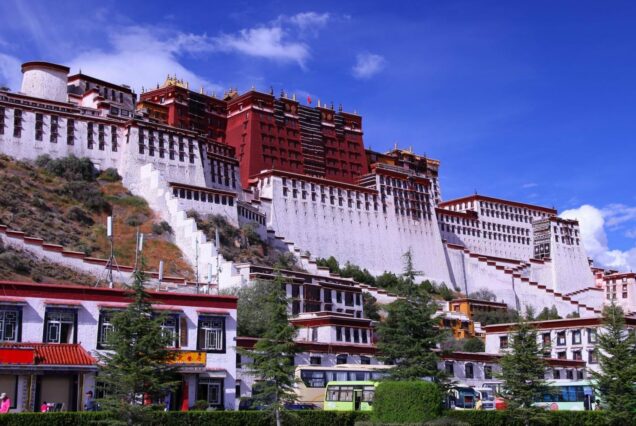
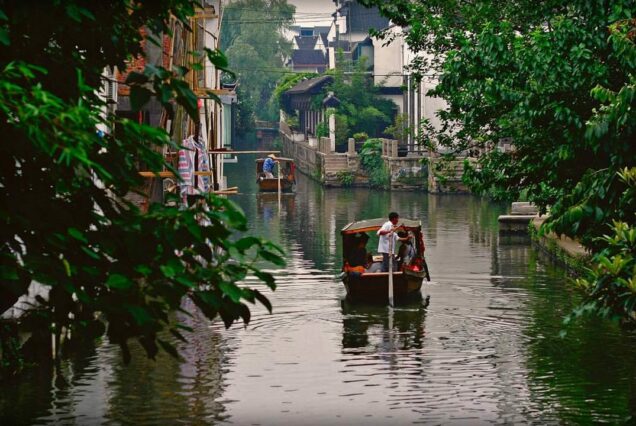
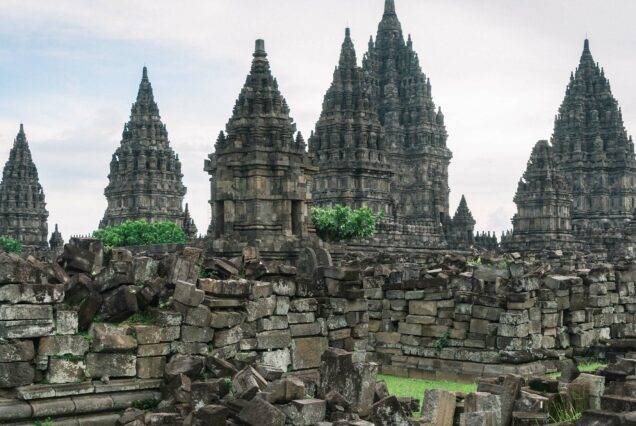
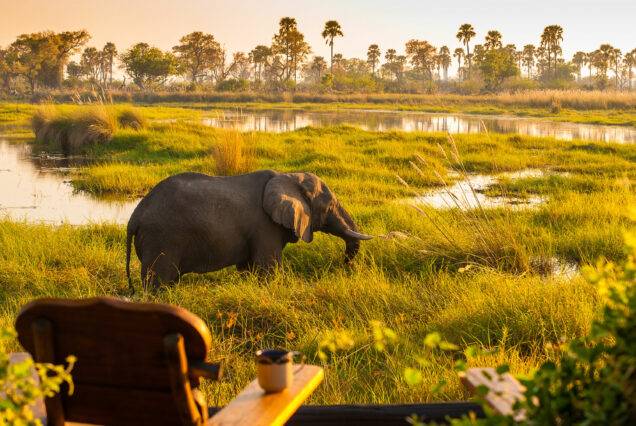

Be the first to review “Mount Everest Expedition 9 Nights / 10 Days”